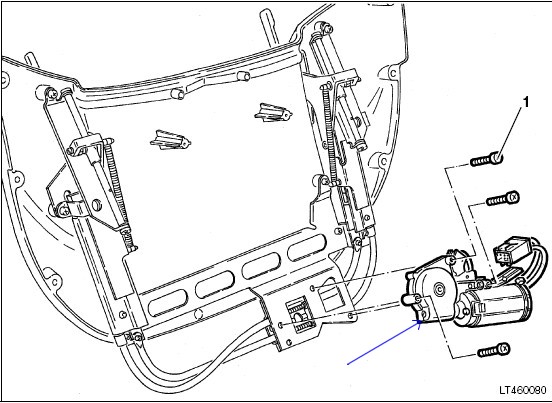1

 k100 electric screen fitting advice please Sat Jun 09, 2012 5:27 pm
k100 electric screen fitting advice please Sat Jun 09, 2012 5:27 pm
88
Life time member

Left side....

right side - neat fit, very little needed to be removed....

sorry for the small pics but I'm having trouble uploading the bigger ones.
88KE
__________________________________________________
 88....May contain nuts!
88....May contain nuts!
"The world is a book and those who do not travel read only one page." - St. Augustine from 1600 years ago & still true!
K1 - 1989 - AKA Titan (unique K1/K1100RS hybrid by Andreas Esterhammer)
K1100RS - 1995. AKA Rudolf Von Schmurf (in a million bits)
K100RS - 1991 AKA Ronnie. Cafe racer project bike
K75RTP - 1994
K75C - 1991 AKA Jim Beam. In boxes.
K1100LT 1992 - AKA Big Red (gone)
K100LT - 1988 - AKA the Bullion brick. Should never have sold it.
















